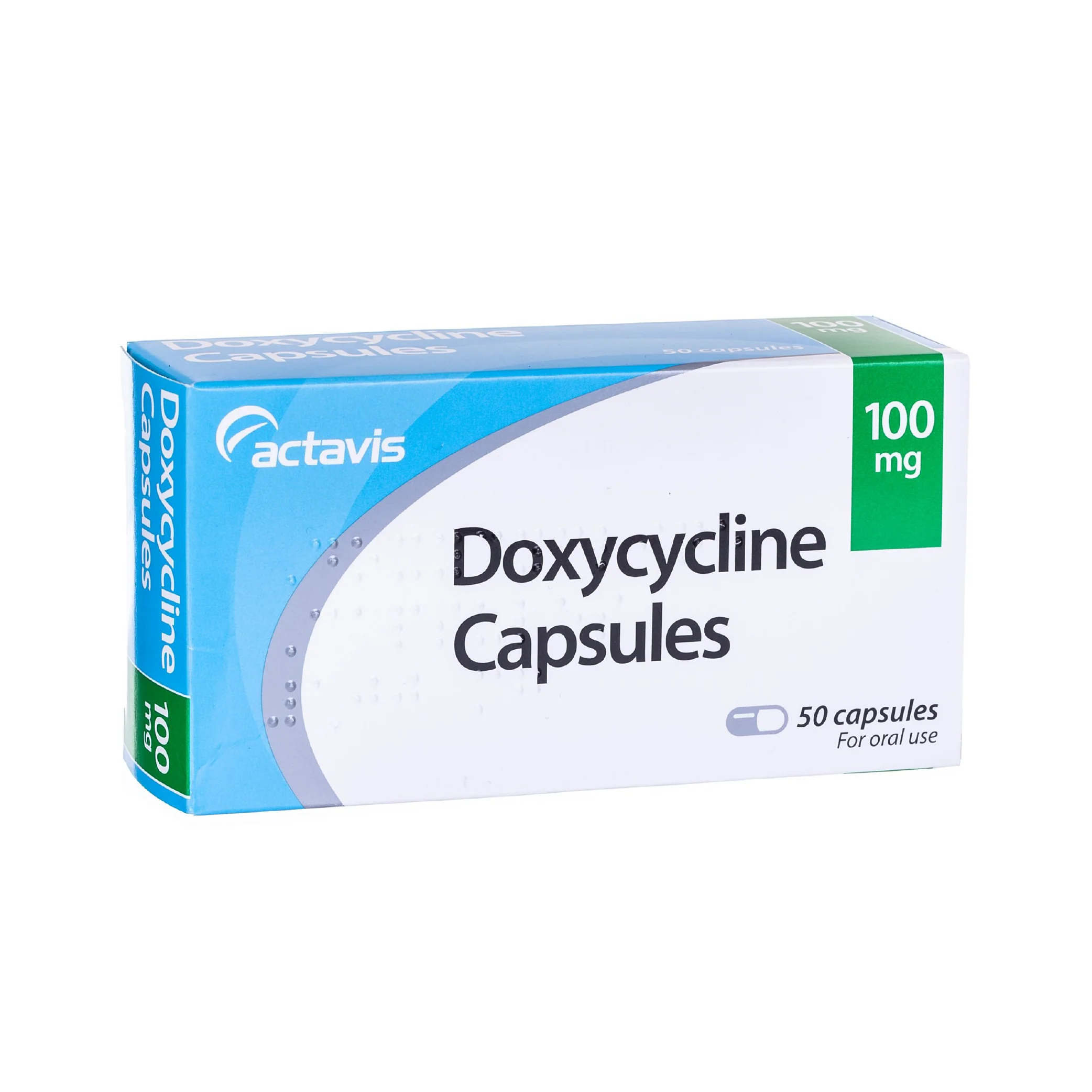Introduction
Etizolam is a prescription medication commonly used to treat anxiety, panic attacks, and sleep disorders like insomnia. Known for its rapid onset and effectiveness, it belongs to a class of drugs known as thienodiazepines, which function similarly to benzodiazepines such as diazepam or lorazepam. However, it has a unique chemical structure that may influence its effects and risks.
This article dives into the details of Etizolam, including its uses, recommended dosages, benefits, potential side effects, and safety guidelines. Whether you’re a healthcare provider or someone exploring treatment options, understanding how itworks can be useful for making well-informed decisions.
What is Etizolam?
Etizolam is an anxiolytic (anxiety-reducing) and hypnotic (sleep-inducing) medication marketed under various brand names. Developed in Japan in the 1980s, it is widely prescribed in countries such as India, Italy, and Japan, though it is not FDA-approved in the United States.
Though Etizolam functions similarly to benzodiazepines, it has a distinct structure, classified as a thienotriazolodiazepine. This difference often leads to the misconception that itis less addictive or safer than traditional benzodiazepines. However, to understand its full benefits and risks, it’s important to look closely at how itworks.
Key Details:
- Drug Class: Thienodiazepine
- Commonly Compared to: Diazepam, Lorazepam, Alprazolam
- Primary Applications: Anxiety, Panic Disorders, Insomnia
How Etizolam Works
Etizolam operates by enhancing the effects of the neurotransmitter gamma-aminobutyric acid (GABA) in the brain, which works to calm neuronal activity. This boost in GABA activity helps it provide relief from symptoms of anxiety, insomnia, and other stress-related conditions.
Etizolam’s calming effects are achieved by targeting GABA-A receptors in the brain, which is why it is fast-acting and effective. Some studies suggest it may cause less tolerance buildup than certain benzodiazepines, although it still carries a risk for dependence and withdrawal symptoms.
Mechanism Summary:
- Interacts with GABA-A Receptors – Enhances calming neurotransmitters
- Decreases Neural Activity – Produces a sedative and anti-anxiety effect
- Rapid Onset – Quickly addresses symptoms of anxiety and insomnia
Main Uses and Benefits of Etizolam
1. Anxiety Disorders
Etizolam is frequently prescribed for anxiety disorders, as its fast-acting, calming effects offer relief from generalized anxiety disorder (GAD) and social anxiety disorder (SAD).
2. Panic Attacks
Etizolam can also help manage panic attacks, quickly addressing symptoms such as an accelerated heartbeat, sweating, and hyperventilation.
3. Insomnia
Due to its sedative properties, it is beneficial for individuals struggling with insomnia. It helps induce sleep and improve sleep quality, though it’s generally prescribed for short-term use to avoid dependency.
4. Muscle Relaxation
it may also alleviate muscle tension or spasms, contributing to an overall feeling of relaxation. This is particularly beneficial for those who experience muscle tension as part of their anxiety symptoms.
Recommended Dosage and Usage
The dosage of Etizolam varies based on factors such as the person’s age, the condition being treated, and individual health history. Following a healthcare provider’s dosage recommendations is crucial, as it can lead to dependency if misused.
Typical Dosage Guidelines:
- For Anxiety: 0.5 mg to 1 mg, taken twice daily.
- For Insomnia: 1 mg at bedtime.
- For Panic Disorder: 0.5 mg to 1 mg, depending on severity, taken once or twice daily.
Key Dosage Tips:
- Start with a Low Dose: Beginning with the minimum effective dose helps reduce the likelihood of tolerance and side effects.
- Short-Term Use: Etizolam is ideally used only for brief periods.
- Do Not Mix with Alcohol: Combining it with alcohol can amplify sedative effects, which can be dangerous.
Potential Side Effects of Etizolam
As with most medications, Etizolam may lead to side effects, especially with long-term use or high doses. While many users experience minimal side effects, some may experience more serious reactions.
Common Side Effects:
- Drowsiness
- Headache
- Dizziness
- Fatigue or Weakness
- Memory Issues
Serious Side Effects:
- Dependence – Long-term use may lead to dependency.
- Respiratory Depression – Risk increases when combined with other CNS depressants.
- Cognitive Impairment – Possible memory and concentration difficulties.
If serious side effects occur, it is important to seek immediate medical help.
Tolerance, Dependence, and Withdrawal with Etizolam
One of the main concerns with Etizolam is the risk of tolerance and dependence, especially with prolonged use. Over time, the body can adapt to the medication, requiring higher doses for the same effects.
Etizolam Withdrawal Symptoms:
- Increased anxiety and panic
- Insomnia and restlessness
- Sweating and rapid heart rate
- Seizures (in severe cases)
To reduce withdrawal risks, it is generally recommended to gradually taper off Etizolam instead of stopping abruptly. Healthcare providers may suggest a slow dosage reduction to minimize withdrawal symptoms.
Etizolam’s Legal Status
The legal status of Etizolam varies widely. While it is commonly prescribed in countries like Japan, India, and Italy, it is not FDA-approved in the United States and is classified as a controlled substance in some regions. It’s essential to consult local regulations or speak with a healthcare provider before obtaining or using Etizolam.
In the U.S., Etizolam is sometimes available through unregulated online sources. However, purchasing medications without a prescription can be risky, as it may lead to incorrect dosages or counterfeit products.
Etizolam vs. Benzodiazepines: Key Differences
Although Etizolam is similar to benzodiazepines, it has several distinctions. For instance, Etizolam may cause fewer cognitive side effects and may not build tolerance as quickly, although these claims are still debated. Some users and healthcare providers report that Etizolam has a smoother onset with less sedation than medications like diazepam and alprazolam.
Primary Differences:
- Chemical Class: Thienotriazolodiazepine vs. benzodiazepine
- Tolerance Levels: Lower tolerance potential in some cases
- Regulation: Not FDA-approved, while most benzodiazepines are controlled in the U.S.
Safety Warnings and Precautions
- Avoid Alcohol: Combining Etizolam with alcohol or other sedatives can heighten its effects and lead to dangerous side effects.
- Short-Term Use: Ideally, Etizolam is prescribed only for brief periods to avoid dependency.
- Pregnancy and Nursing: Consult a healthcare provider before use if pregnant or breastfeeding.
- Caution While Driving: Etizolam’s sedative effects may impair reaction time and focus, so avoid operating heavy machinery or driving after taking it.
Final Thoughts: Is Etizolam the Right Choice?
Etizolam offers effective relief for anxiety and insomnia, but it comes with certain risks. Though not approved in all countries, it’s valued for its efficacy in quickly easing anxiety and improving sleep, and it is widely used where legally available.
Before considering Etizolam, it’s best to consult with a healthcare provider to discuss its benefits, risks, and alternative treatments. If prescribed, follow dosage guidelines and monitor for any side effects. With the right guidance, Etizolam can be a beneficial option for managing anxiety-related conditions safely.















Leave a Reply